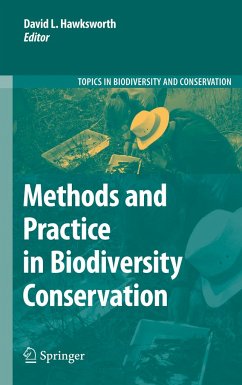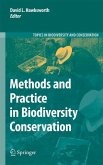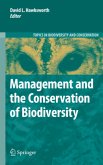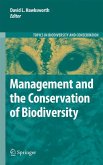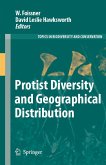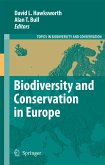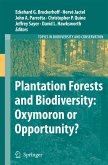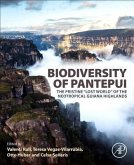This book brings together a selection of 22 original studies submitted to Biodiversity and Conservation that address aspects of methods and practice in biodiversity conservation. The contributions deal with a wide variety of approaches to site selection and management, especially the use of bioindicators, surrogates, and other approaches to site selection. As no complete inventory of all taxa in any one site has yet been achieved, alternative strategies are essential and bioindicators or surrogates come to the fore. The articles included cover a wide range of organisms used in such approaches to in situ conservation: annelids, anurans, arthropods, birds, bryophytes, butterflies, collembolans, flowering pants, a lobster, molluscs, rodents, and turtles. Further, the habitats considered here embrace estuaries, forests, freshwater, grasslands, the marine, mountains, and sand-dunes, and are drawn from a wide range of countries - notably Australia, Brazil, India, Italy, Mexico, Nigeria, Spain, Switzerland, Tanzania, and the U. K.
Cryopreservation, well established for ex situ preservation of bacteria and fungi, is shown here also applied to bryophyte conservation. Finance is always a problem, and the final contribution examines the sources of money available for conservation action in an examplar country, Mexico.
Collectively, the studies presented here provide a snap-shot of the range of methods and practices in use in the conservation of biodiversity today. This makes the volume especially valuable for use in conservation biology and biodiversity management courses.
Reprinted from Biodiversity and Conservation, Volume 18 No 5 (2009).
Cryopreservation, well established for ex situ preservation of bacteria and fungi, is shown here also applied to bryophyte conservation. Finance is always a problem, and the final contribution examines the sources of money available for conservation action in an examplar country, Mexico.
Collectively, the studies presented here provide a snap-shot of the range of methods and practices in use in the conservation of biodiversity today. This makes the volume especially valuable for use in conservation biology and biodiversity management courses.
Reprinted from Biodiversity and Conservation, Volume 18 No 5 (2009).

